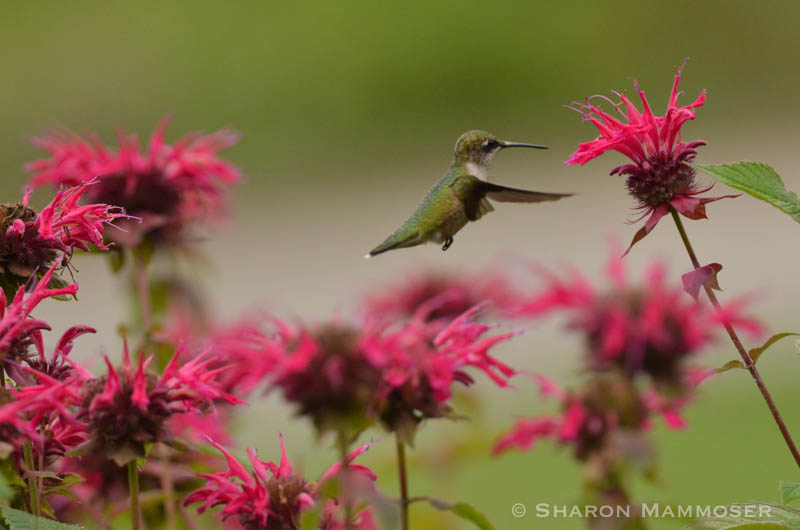April is here and our ruby-throated hummingbirds are on their way! Perhaps they’ve already arrived at your yard. I bet, like me, you are thrilled when you see them for the first time after the long winter. I always feel so joyful when I spot that first male, resting at one of my feeders. Depending on where you live, you may already be seeing the hummingbirds.
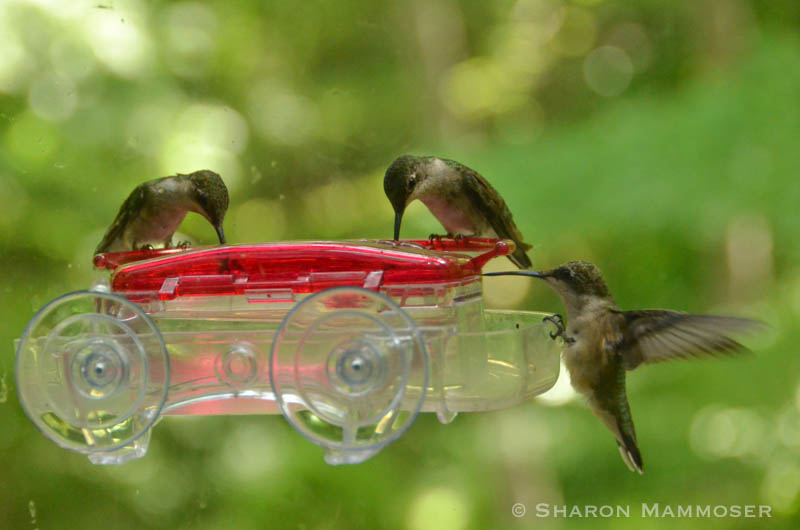
Did you know the only species of hummingbird we see regularly on the east coast of the United States is the ruby-throated hummingbird? Males arrive first to scope out their territories, followed a couple of weeks later by the immatures and females. Did you know you can keep track of their journey north, checking your area of the States to see when others have spotted the birds?
It’s time to put out your hummingbird feeders! Having feeders out early, when the birds are coming through is the best way to entice them to stay and nest nearby.
Here are 8 mistakes to avoid:
- USING RED DYE MIXES. Did you know that red dye is 100% unnecessary for attracting and feeding the hummingbirds? Or that using the dye may actually be harming the birds? Red dye has been banned in many human products and there is suspicion that it can harm the small birds. Their bodies are so much smaller than ours! There is no reason to take the chance when it is not necessary. Save yourself some money and the birds any threat of danger by mixing up your own nectar.


2. USING ANYTHING IN YOUR FEEDERS OTHER THAN PLAIN, WHITE, GRANULATED SUGAR Did you know using raw/turbinado cane sugar may be healthier for you, but it is NOT healthier for the hummingbirds. The excess of iron in raw sugar is harmful to the birds and may cause death. There is no need to use anything other than plain white cane sugar. Mix up one part sugar to to four parts water to mimic the recipe of natural nectar. Boiling the water is not necessary. Simply add hot water to the sugar, mix until dissolved and then keep in the fridge until needed.
3 USING THE WRONG FEEDERS. There are many hummingbird feeders on the market, and not all are created equal. Look for a feeder that comes apart for easy cleaning. If the feeder requires a long bottle brush for cleaning it, don’t buy it. If it has yellow on it, don’t buy it as yellow attracts bees. Stick to feeders that open easily. Ones that include a built-in ant moat are great, but if your feeder doesn’t have this, don’t despair. Just buy an ant moat separately.
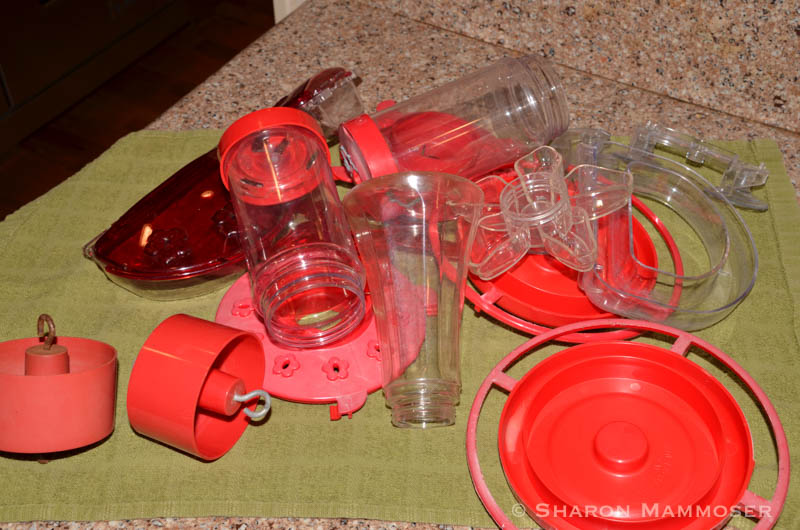
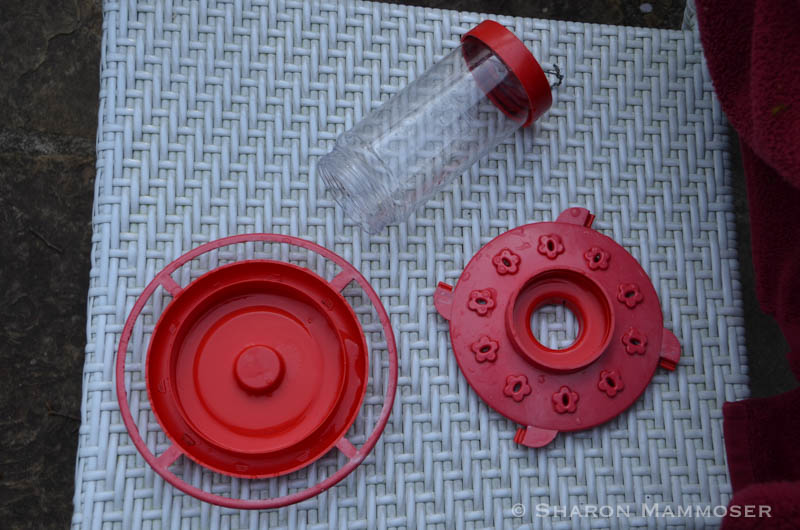
4. Not cleaning your feeder often enough. Did you know that when the black mold builds up in and on your feeder it can harm, or even kill, the hummingbirds you are attracting? The mold makes the bird’s tongue swell and could lead to starvation. Avoid this by cleaning your feeders every two to three days, especially in the heat of summer when the temperatures soar into and above the 90’s. Here’s the secret to keeping your hummingbird feeders mold-free.
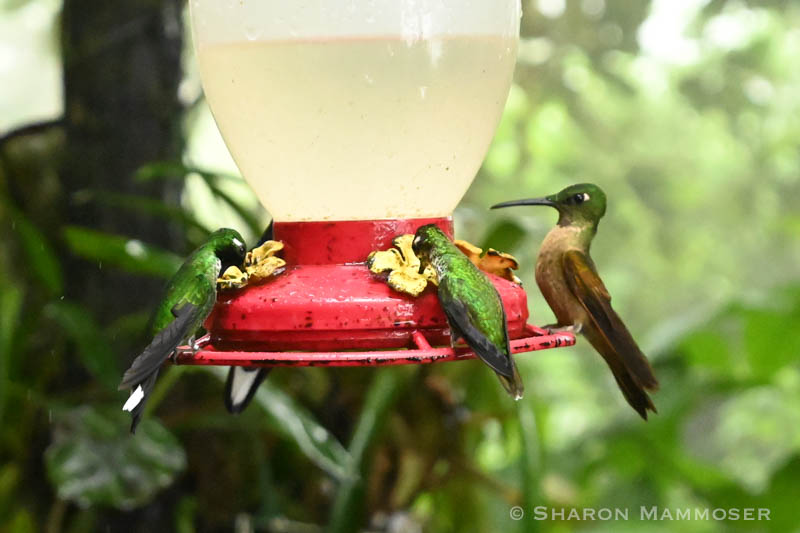
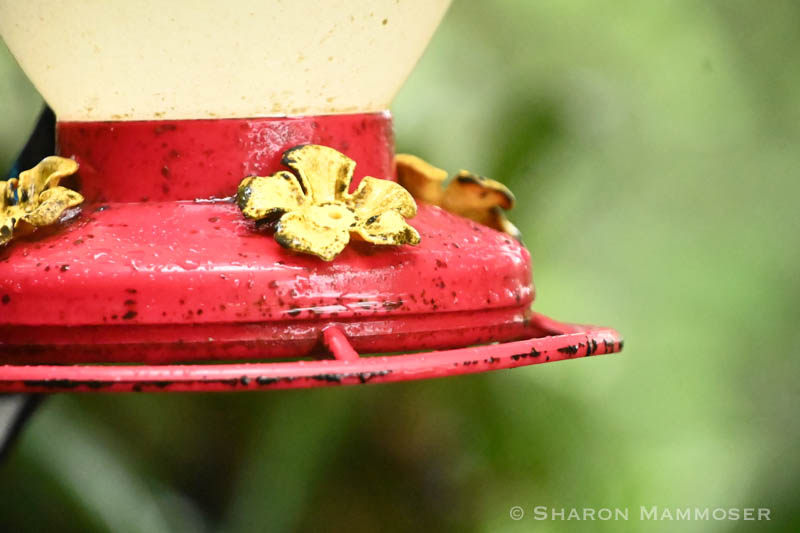
5. WRONG PLACEMENT OF YOUR FEEDERS It’s best to put your hummingbird feeders in the shade, not the hot sun. Nectar in feeders in the sun will ferment more quickly. And DO put them where you’ll be able to watch the tiny birds, as this is way more satisfying then having the feeders too far away to see any details. There are some great suction cup feeders that will give you a closeup look.
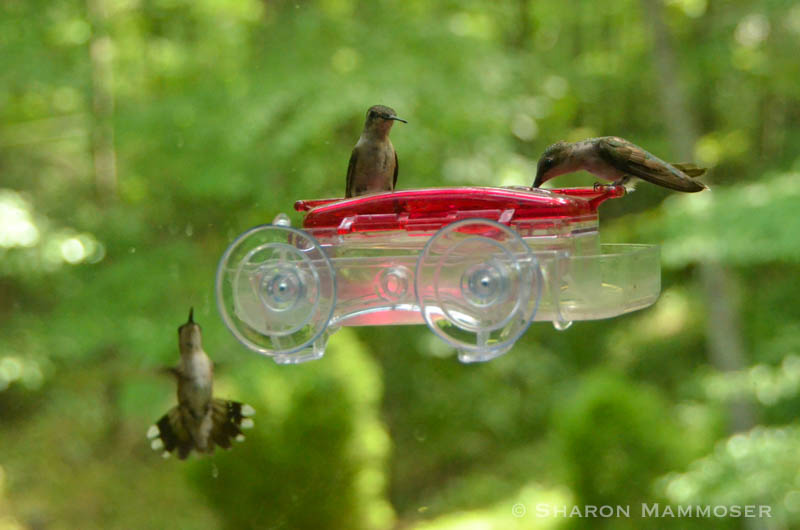
6. HAVING ONLY ONE HUMMINGBIRD FEEDER If you’ve ever watched hummingbirds, you’ve surely noticed how they guard their nectar source. Having more than one feeder around your house will increase the number of birds you’ll attract. If possible, place the feeders out of sight from other feeders, or place many close together so one male can’t possibly guard all of them.
7. NOT OFFERING NATURAL NECTAR Did you know hummingbirds need to feed every 15 minutes since they have such a fast metabolism? They eat insects in addition to drinking nectar. For the best habitat, plant plenty of nectar-rich native flowers that they can use in addition to your feeders. Here’s a list of some great hummingbird flowers.

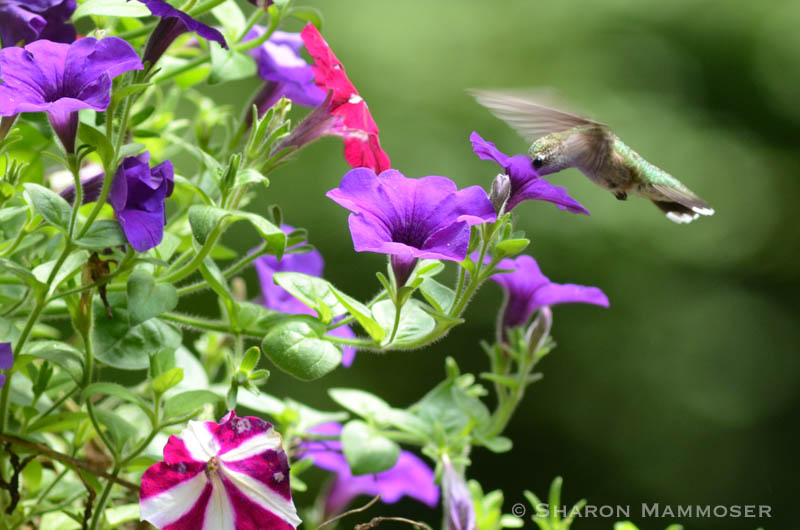
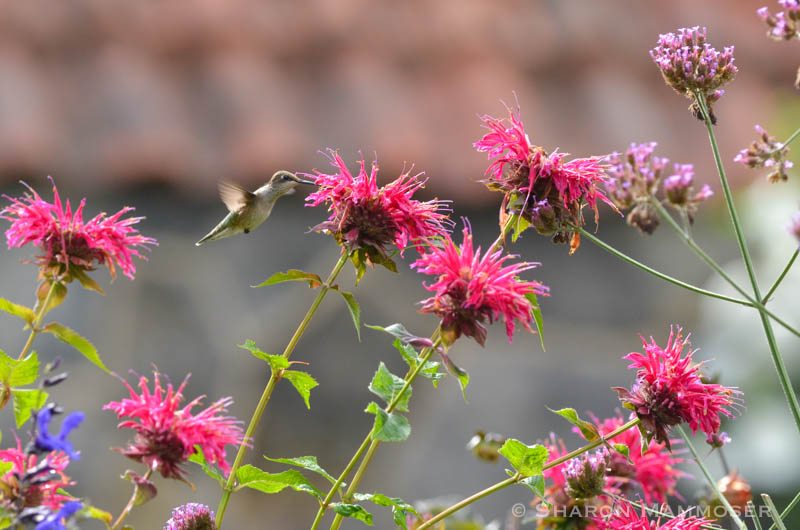
8. USING PESTICIDES IN YOUR YARD Did you know hummingbirds eat insects too? And that they use spider web silk to make their nests? In order to create a safe habitat for them, refrain from using pesticides. Birds need insects! Make your yard a pesticide-free space.
9. LETTING YOUR CAT ROAM FREELY OUTSIDE. Did you know outdoor cats kill an average of two animals each week? In the United States, cats kill an average of 1.4 billion birds and more than 4 billion mammals each year! These animals are probably the same animals you’re trying to attract to your yards. Hummingbirds and other birds, butterflies, snakes, chipmunks, toads, lizards, frogs, salamanders, and many others are fair game. Keep your cats inside or leash-train them to keep your birds safe.
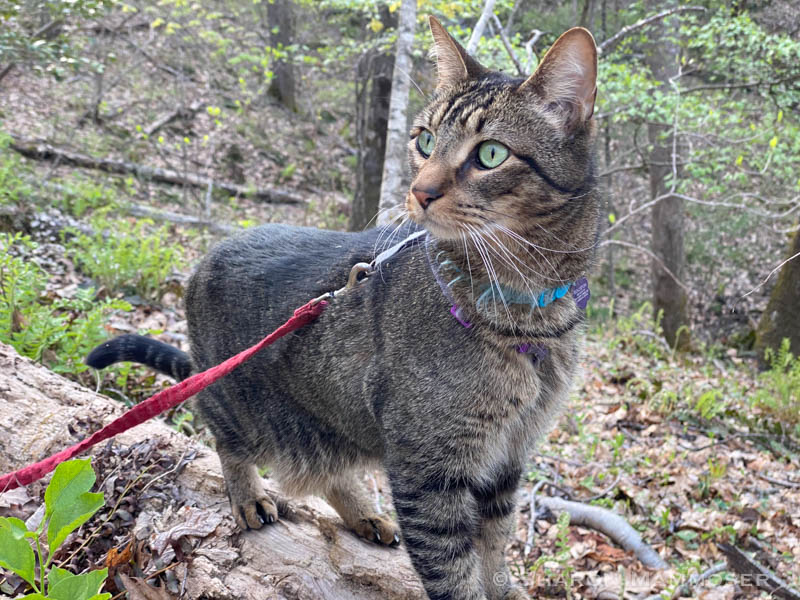
Do you have any other ideas? If so, I’d love to hear from you–use the comment box below the post. See you again soon!


